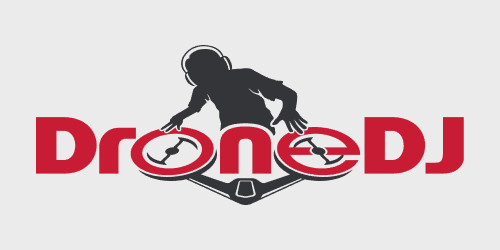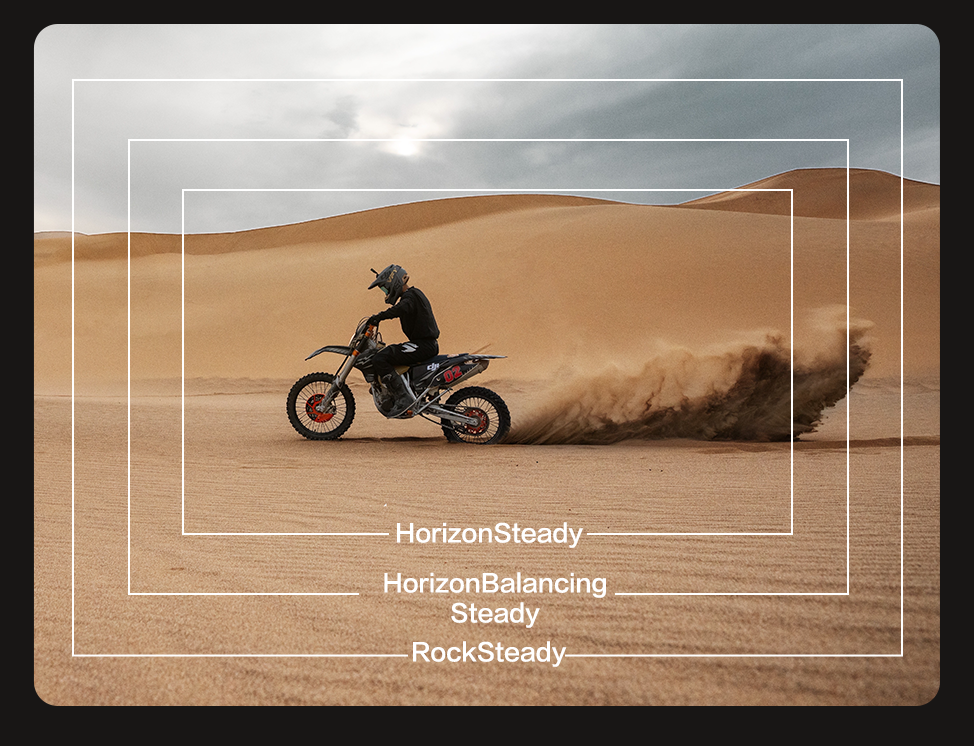
DJI has dropped a massive firmware update for the Action 2 camera – one which significantly expands the capabilities of DJI’s proprietary Electronic Image Stabilization (EIS) technology. So, with the modular camera making multiple stabilization modes available, how do you decide which one is best for you?
First things first: The latest firmware update makes Steady the DJI Action 2 camera’s default stabilization mode. Supporting up to 4K/60fps videos, this mode is suitable for most scenarios.
Related: Massive DJI Action 2 firmware update brings more stable, level footage
You can also shoot 4K/120fps video with the RockSteady mode that Action 2 was launched with. But keep in mind that this mode requires more computing power to generate more stable videos with wider FOV.
Then you have the all-new HorizonBalancing feature, which supports up to 4K/60fps videos with horizon stability. Essentially, it keeps slick 4K footage level even when the roll axis is tilted by up to 45 degrees.
In contrast, the existing HorizonSteady mode supports up to 2.7K/60fps video shooting. Compared to HorizonBalancing, this mode can keep footage level without any angle limitation, but you won’t get 4K videos. That said, this stabilization technology is able to detect and correct camera shake and rotation in real time, no matter how wild the action gets.
So, in the end, deciding which mode to shoot in pretty much boils down to how you plan to use the camera (shooting action sports vs. vlogging) and the image quality you desire. But to make the difference clearer between these stabilization technologies, here’s a picture that shows the FOV of all the available EIS modes. The modes are shown arranged by FOV in descending order: EIS Off, RockSteady, Steady, HorizonBalancing, and HorizonSteady.

Read more: DJI releases new firmware update for Mavic Air 2, Air 2S drones
FTC: We use income earning auto affiliate links. More.






Comments